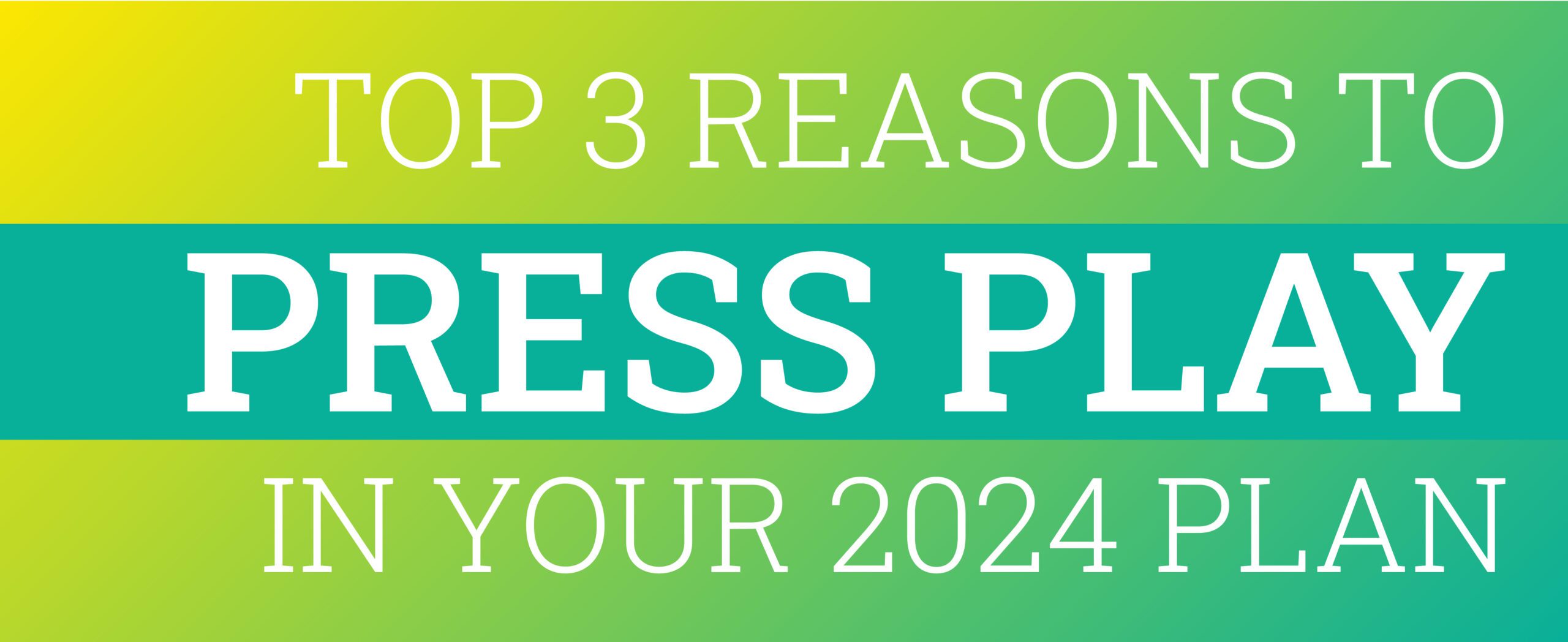If a BIG IDEA falls in an empty forest, does it still make a sound?
Three important steps to make sure your ideas are heard (hint: you’ll need to identify your target audience!).
You’ve poured your blood, sweat, tears and time into a great idea. Maybe your great idea is a whole new startup company or maybe it’s a campaign promotion for an established company. Either way, the next step is to make sure your idea is heard – by the right people. To make sure your message is out in the world making an impact. How do you tackle this challenge in a flooded media market?
Identify who you want to share your message with.
Unless you have a budget the size of Coca-Cola, you’ll need to identify your Primary Target Audience. You can base this determination off past sales, email lists, competitors, internal data or hiring a research team. The goal of this step is to determine more than just basic demo information – such as age, gender and geo. Look for opportunities to connect with this group surrounding their hobbies and interests. For example, you might be trying to reach moms who are likely to volunteer. In addition to identifying this group as community-minded and philanthropic, you might find that they have a set of hobbies that also require a lot of spare time such as DIY-ers who frequent Hobby Lobby, Michaels, and local craft fairs.
Determine how to talk with this group.
Now that you know a lot of details about your Primary Target Audience, it’s important to speak in a way that connects with them. For example, almost every mother of boys, ages 8-18 is all-too-familiar with Fortnight and Flossing. Incorporating a joke about this video game to these moms would be a relatable hit. On the other hand, making this joke to non-married millennials with no kids might be a miss. Know your audience.
Deliver your message in the right place.
Finally, where are you going to find this group? There are many data sources that can help you understand how much time is being spent each week on specific types of media. From there, you’ll want to look at your budget. If your target audience is spending 80% of their time on TV, but you can’t afford a quality TV spot or a TV buy with enough frequency, it probably isn’t the best choice – even though the audience is there. Think through the creative assets that you have available or can easily create. Analyze where the media is being consumed. Look for opportunities to reach the same audience though a couple of media channels to create frequency and brand recollection.
Do you want help doing a deeper analysis of your audience or an assessment of your media plan? [email protected]





